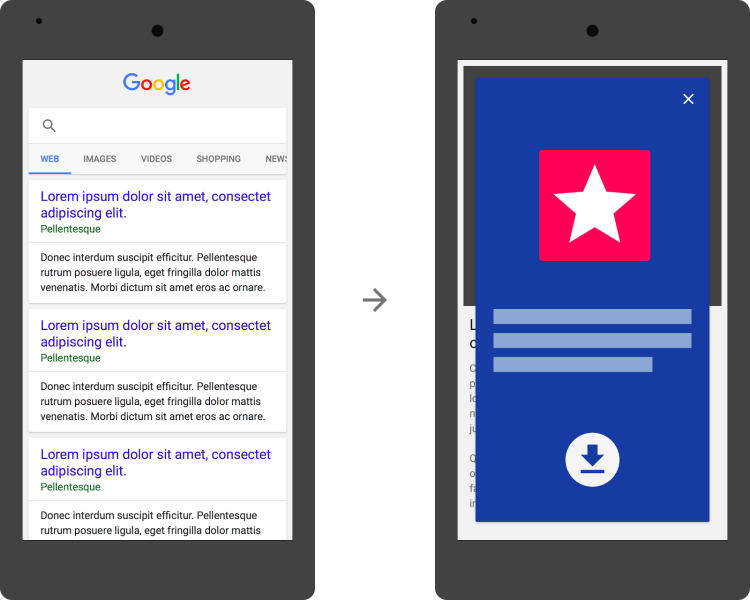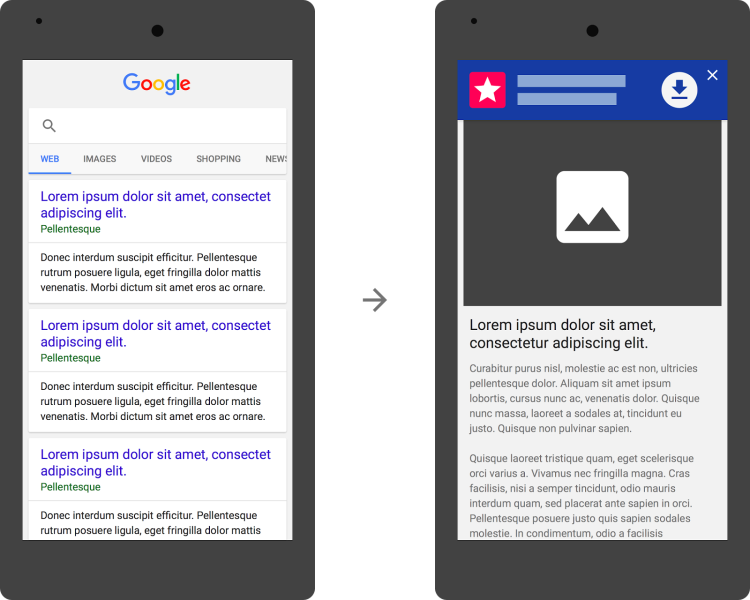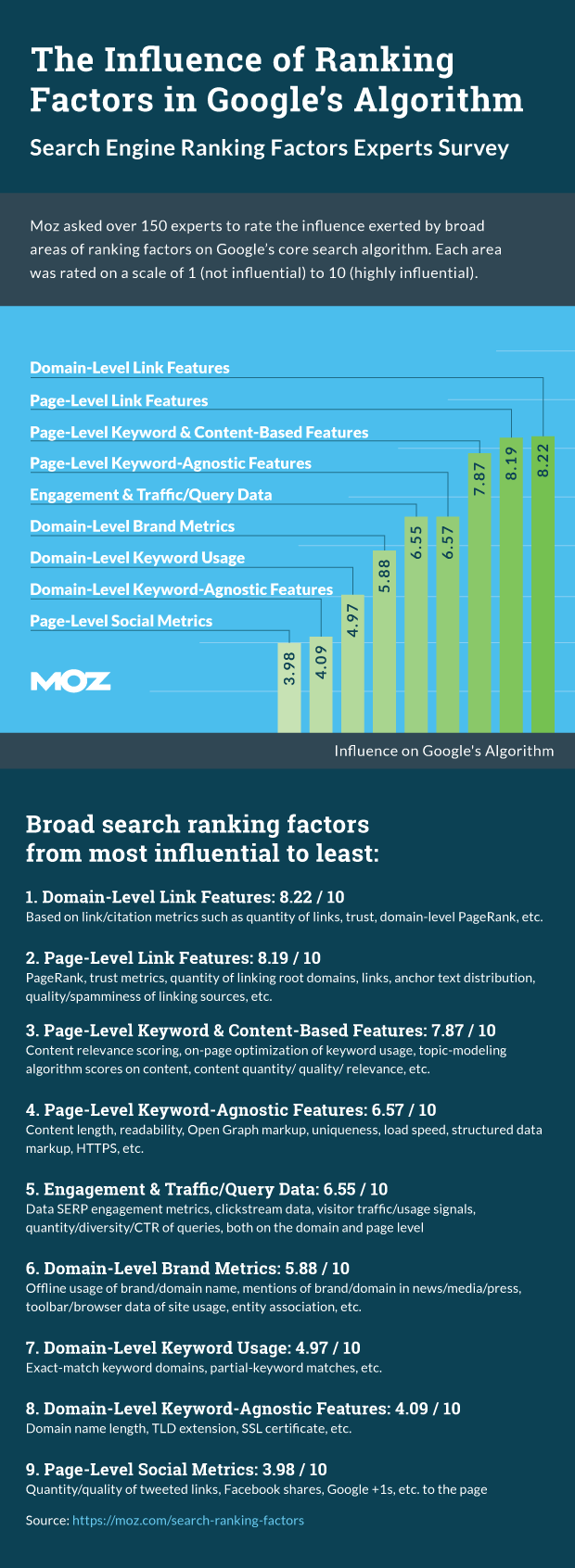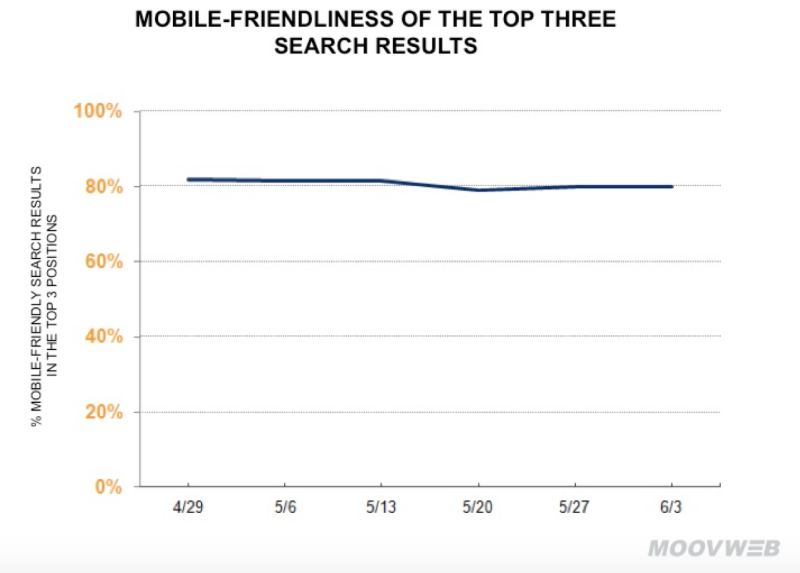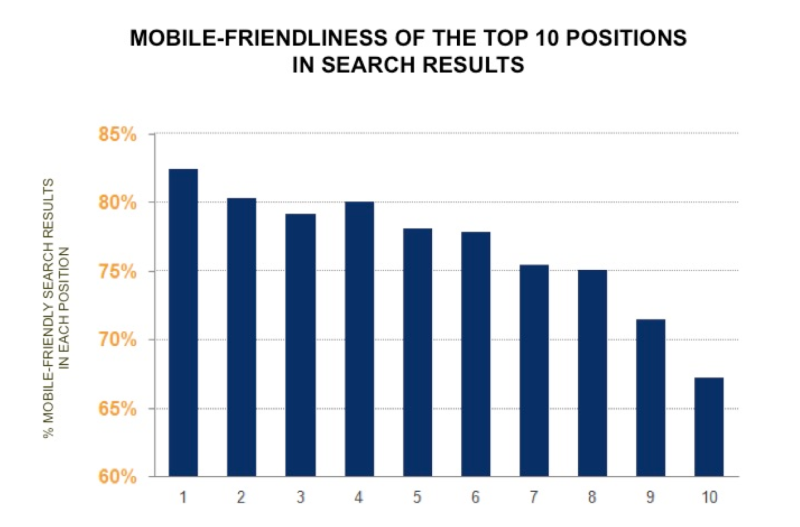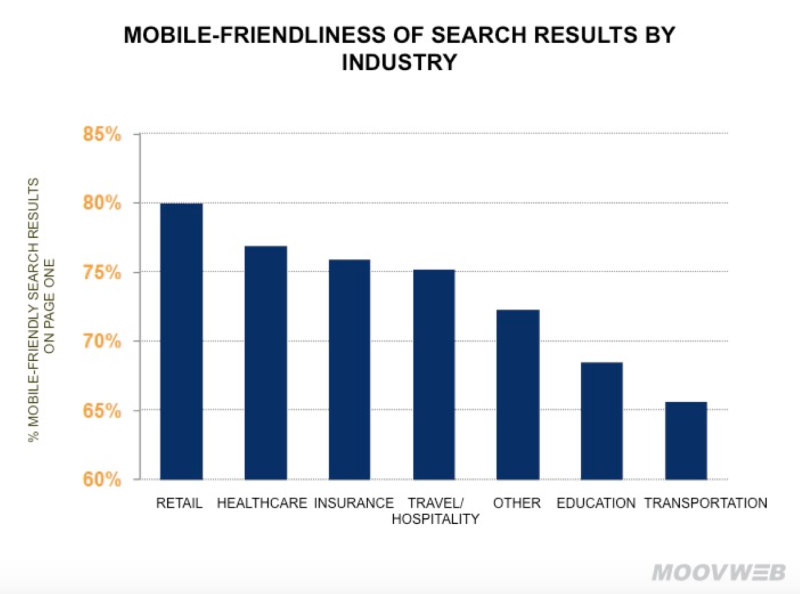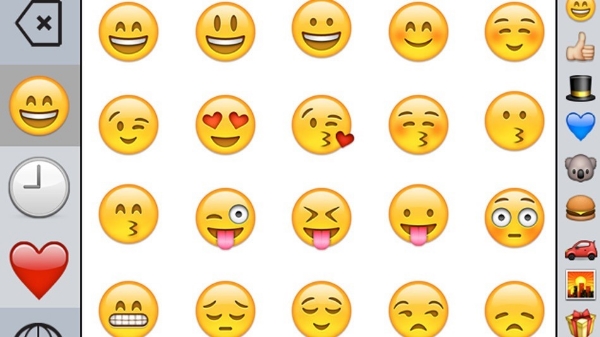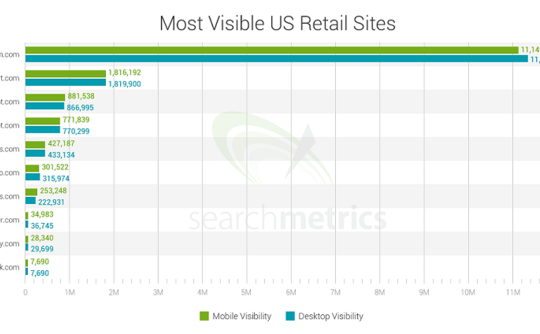
Google is launching a new set of algorithm changes intended to remove hacked sites that spew spam from the search engines. According to the company, the changes will affect approximately 5% of queries and has already begun rolling out.
Google says it is cracking down on hacked spam to protect both searchers and site owners, but the move could have consequences for legitimate site owners unaware their site has been hacked. These sites are dangerous to those who visit them as they can lead to malware downloads, marketing of illegal goods, or completely redirecting people to unintended, low-quality sites.
For queries with a particularly large amount of hacked spam present in the SERPs, Google says you may see an overall reduction in the amount of results shown. According to the announcement, this is because Google is working to make sure users only see the most relevant results for their queries.
In some particular searches, as much as a quarter of the search results have been removed.
Google has said these changes will be part of an ongoing effort to continuously refine its algorithms to improve SERPs and cut out bad content.


